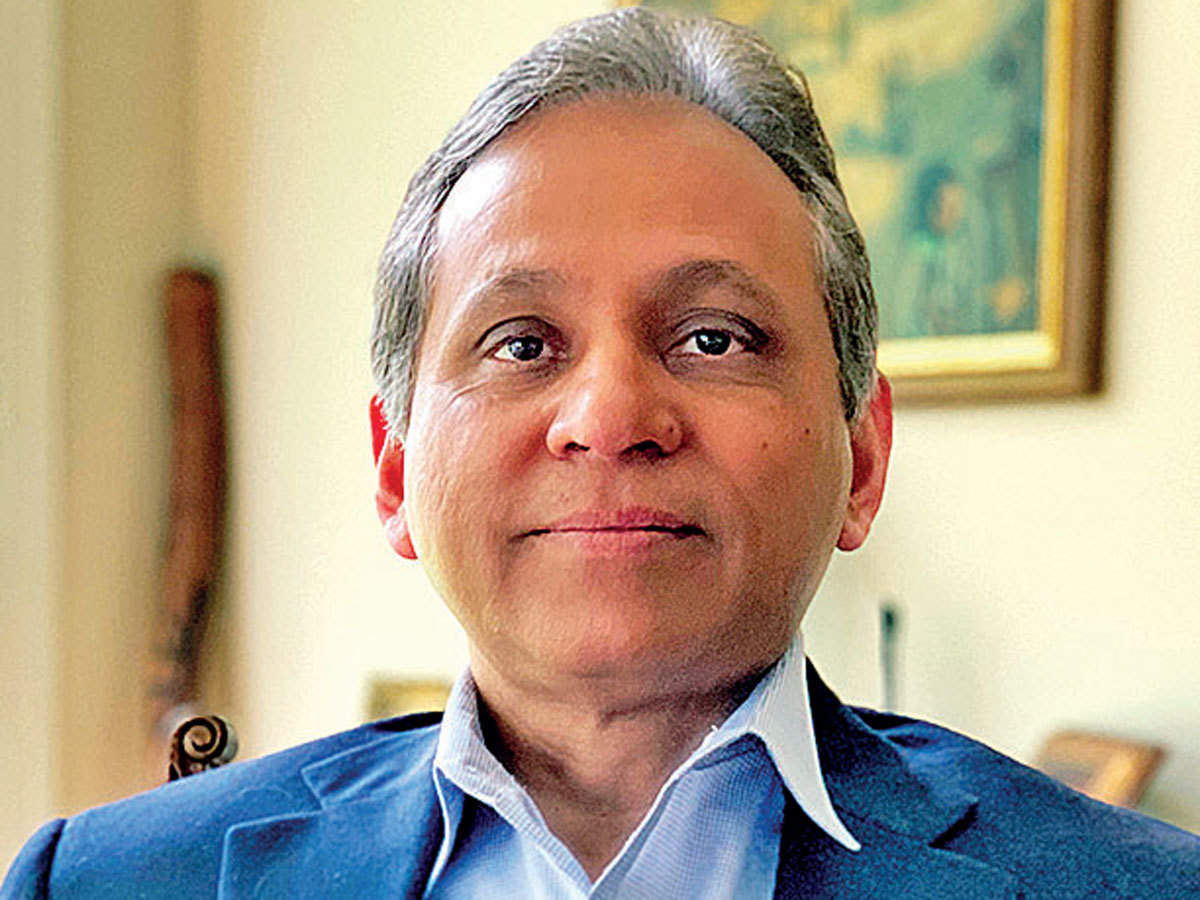Dilip Ratha, Head of KNOMAD and Lead Economist, Migration and Remittances, Social Protection and Jobs Global Practice at the World Bank

How to sustainably lower costs & achieve the UN goal of 3% costs by 2030?
According to the World Bank, “one of the most important factors leading to high remittance prices is a lack of transparency in the market. It is difficult for consumers to compare prices because there are several variables that make up remittance prices.” Today, providers can tell consumers their transfers are “free”, include “0% commission” or cost just a low fixed fee of $5. In reality, however, the biggest cost is hidden in an inflated exchange rate. This means it’s more expensive for remitters to send money and their loved ones end up with less than they bargained for.

The United Nations Sustainable Development Goal 10c aims to reduce the cost of remittances to less than 3% by 2030.
To lower costs in line with the UN’s 3% target, more transparency in the market is necessary. Banks and foreign exchange providers must disclose the total costs in a single upfront amount, including fees at both ends and foreign exchange rate margins. Allowing for a truly competitive market to emerge will lead to lower prices.

"As an early retired couple with strong ties to both Australia and Malaysia, international financial exchange plays a crucial role in our lives. My wife, a proud Malaysian, maintains strong connections to her homeland. Through our international transactions, we are able to provide direct support to her father in Malaysia and her mother in Indonesia. These connections reaffirm our commitment to family bonds that transcend borders.
I encountered hidden fees that impacted both my professional life and my family's finances. One area where these hidden fees had a significant impact was international transfers. Foreign exchange fees and undisclosed charges would often eat into a large portion of the transferred amount, leaving people frustrated. Even domestic transactions within Australia incurred unexpected fees, placing an additional burden on customers"
Colin, Australia

How to sustainably lower costs & achieve the UN goal of 3% costs by 2030? Join the fight against hidden fees globally here.